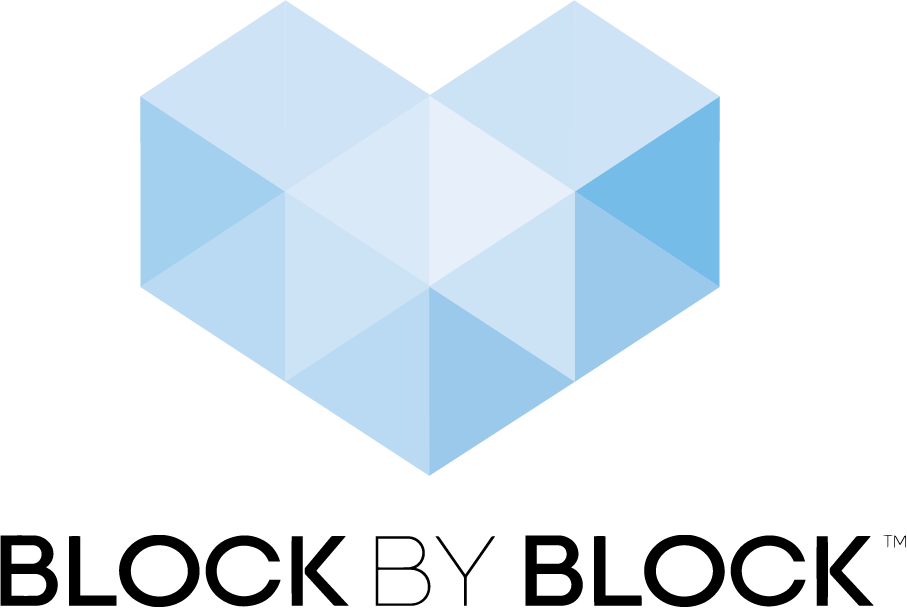Rebuilding Safe Parks in Johannesburg
Rebuilding Safe Parks in Johannesburg
Using Minecraft to design benches, lighting, toilets, and playgrounds, workshop participants reclaim an inner city park that had been blighted by crime.
Rebuilding Safe Parks in Johannesburg
Johannesburg, South Africa
Project type: Public park
Collaborators: UN-Habitat, City of Johannesburg, Ericsson, Johannesburg Development Agency, Wits University
Region: Africa
Tags: public safety and security, innovation and technology, sports and recreation, multigenerational use, public space assessment, social inclusion and human rights
Background
Johannesburg is South Africa’s largest city and economic hub and one of the 50 largest urban areas in the world. It has a rich legacy of parks and public spaces, but the apartheid regime left the city segregated and fragmented with many of its parks dilapidated, poorly maintained, and unsafe.
The Johannesburg Open Space Policy identified the need for more recreational areas and prioritized improvements to End Street North Park in the Doornfontein area, which had been blighted by homelessness, vandalism, illegal dumping, poorly maintained play equipment, prostitution, and elevated crime levels.
Rebuilding Safe Parks, Block by Block
A Block by Block Workshop was held in December 2015 to begin the process of reclaiming the inner city park and to engage neighborhood residents in the design and maintenance of the space. Workshop participants used Minecraft to propose high-impact interventions, including upgrades to benches and street lighting, toilets, playgrounds, and an open-air gym.
“If we mainstream this kind of co-creation, public participation, and urban communication, we are going to get public ownership of cities. This is exactly the kind of thing I will be looking at in the future.”
Progress
The surrounding central business district of Johannesburg has been prioritized for thorough public space assessment mapping, and community members have been able to view the Minecraft designs generated in Block by Block Workshops in mixed reality thanks to innovative technology contributed by Ericsson.
The End Street North Park project team continues to work with city stakeholders to implement the upgrades and plan for ongoing management of the park to make sure that it will be actively used and maintained by the surrounding community.
“Community engagement is really important to ensure that the spaces that we build are high quality, needed, and maintained afterwards.”
More Resources
3D Minecraft Model on Sketchfab
Co-creating the city — City-scale mixed reality tested in Johannesburg
Testing Minecraft and mixed-reality for community-led urban design in Johannesburg
Building for Real with Digital Blocks
Using mixed reality and Minecraft for urban design in Johannesburg






